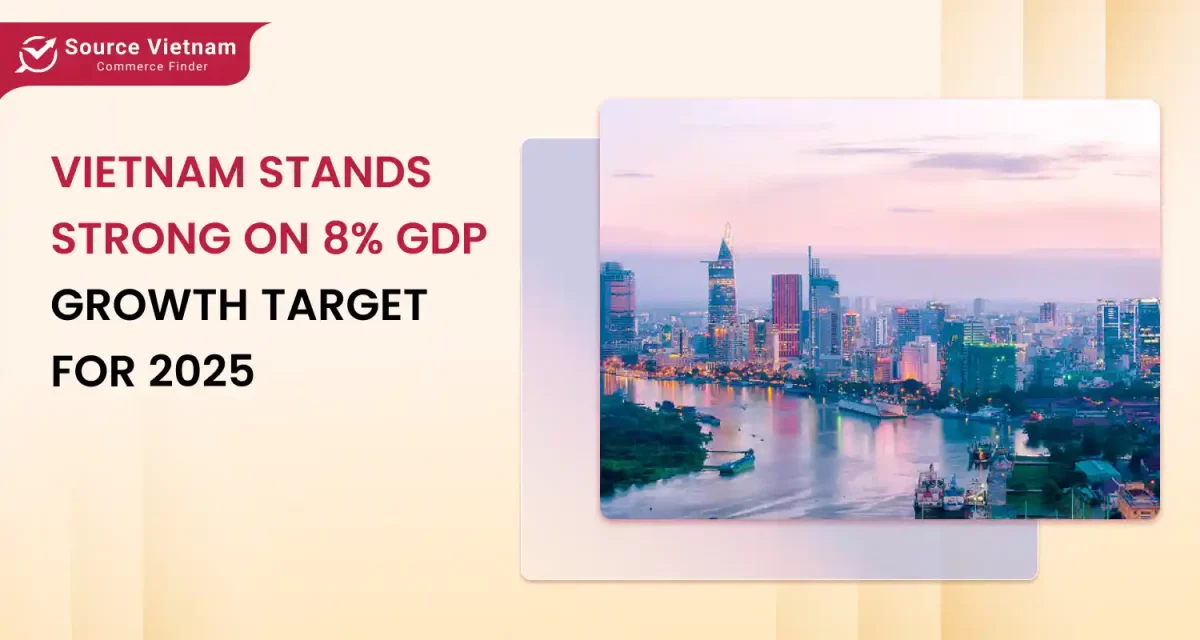Insight:
- Innovations are unlocking significant growth potential in the packaging market.
- Environmental issues are having a direct effect on this industry.

The packaging industry is one of the important sectors cause of consumer demand and the increase of other sectors. Many products need packaging to attract their customers, leading to the promotion of diverse packaging. With a wide range of new products and new technology in production, businesses in this industry have many opportunities to capitalize on.
The updates about the packaging market
According to the report of Mordor Intelligence, the packaging market size is estimated at $1.14 trillion in 2024. This market is expected to reach $1.38 trillion by 2029 and grow at a CAGR of 3.89% from 2024-2029.
The global packaging market has grown steadily, prompted by changes in material choice, new markets, and ownership structure. Flexible packaging, high-barrier films, and stand-up retort pouches are challenges for traditional packaging (metal tins, glass jars), especially in the food sector.

They forecast that the packaging with digital printing is significant growth, thanks to the delivery of high-quality, customizable, and cost-effective solutions. With the evolution of the Internet of Things (IoT), smart packaging solutions become the key in the industry.
The rising retail sales is one factor that encourages manufacturers to innovate packaging and update their technology. Packaging with creative designs can help products stand out on shelves and attract customers. This leads to a higher adoption of advanced packaging visuals.
In contrast, using non-recyclable, non-biodegradable plastic packaging increases, leading to a surge in carbon emissions. Some businesses like Amazon, Google, and Tetrapak are pivoting toward achieving net-zero carbon emissions.
Global packaging market trends
New trends are inevitable in any field, including the packaging industry, with changes in products and manufacturing processes impacting the entire market. In the future, recycled and environmentally friendly materials are leading this trend.
There is an increasing demand for eco-friendly materials, which drives the packaging industry forward. The types of packaging that are gaining popularity include green packaging, recyclable packaging, biodegradable packaging, reusable packaging, and low-toxicity packaging. Papers, including bags, pouches, and cartons, are becoming popular products.

The food and beverage industry is increasingly moving away from plastic packaging in favor of paper options, largely due to rising environmental concerns and regulatory demands to cut down on plastic waste. Manufacturers are turning to paper and paperboard solutions more frequently. For example, in May 2024, Mondi launched ‘TrayWrap,’ a new secondary paper packaging option to replace traditional plastic shrink wrap for bundling food and beverage products. The studies conducted by Suzano PaperLine and AFRY suggest that global paper usage is expected to increase by 415 million metric tons as of 2022 to 476 million metric tons in 2032.
The continuing growth in e-commerce will inevitably drive the demand for greener and more efficient packaging materials. This explains why paper and paperboard are two popular choices due to their environmentally friendly nature – they can be recycled and decompose in the right conditions.
The Asia-Pacific region presents a promising market
Asia has embraced plastic packaging to the extent that it is almost an industry standard. Countries such as India and China largely contributed to the so-called plastic industry through food and beverages. In the Chinese economy, a plethora of variables, including income per capita, social setting, and age structure, have a paramount impact on the packaging market.
China’s monthly production of plastic products averaged 6.59 million metric tons. Notably, December 2023 marked the highest level, with an output of 6.98 million metric tons, according to a National Bureau of Statistics of China report.

The Indian packing market is also growing very fast, with 22-25% foreseen annual growth rates. It is presently the fifth most important sector of the Indian GDP. This sector is registering consistent growth and has improved forecasts for the years to come- particularly regarding the international market.
The other measure, which has been a great driver of demand for Indian androgenic foods, is food processing, and packaging costs to the extent of 40% cheaper than in most European Countries, CUVOC. This and el cheap labor in India have lured many businesses eyeing the packaging industry to make investment capital into the Indian economy.
Another notable country is Japan. While renowned for its high consumption of paper across various sectors, Japan also has a population with a strong environmental awareness. This is driving the packaging industry there to shift towards paper-based solutions.
Challenges the global packaging market will face
The shifting market trends present numerous challenges and difficulties for businesses in the packaging sector. To promptly adjust business plans and develop appropriate strategies, companies and suppliers need to anticipate these challenges.

Firstly, there’s a shift in consumer behavior. Current trends across various sectors emphasize environmentally friendly products. This pressures businesses to innovate in production technologies, materials, and products.
Because of this, customers are now moving towards the online shopping platform and calling for more improved and efficient solutions. Customers increasingly want products that are designed for them. This calls for flexible packaging solutions to fulfill such varying needs.
Moreover, there are production and raw material cost pressures as well. The cost of raw materials in the packaging sector has increased, including plastic, paper, and metals. This affects the cost of production and the profit margins of the companies.

The contest within the packaging industry is growing with more players and technologies entering the marketplace. This implies that businesses have to win their market share based on price and quality. The chains have to be streamlined so that the costs are lowered, and the effectiveness increased.
Next are the challenges related to national regulations and legislation. Countries are enacting numerous environmental rules and restrictions on polluting packaging. This requires businesses to change their approach to packaging production and usage.
Food safety regulations are becoming increasingly stringent, requiring businesses to use safe packaging that meets international standards. Regulations on labeling and packaging are becoming more complex, requiring firms to comply with each country’s specific regulations.
Conclusion
The global packaging market is experiencing a period of dynamic growth and transformation. However, this growth is accompanied by significant challenges, primarily related to environmental concerns, shifting consumer preferences, and evolving regulations. The industry must adapt to these challenges by embracing sustainable materials, optimizing supply chains, and investing in new technologies to remain competitive and meet the evolving needs of both consumers and the planet. Follow our blog for more market news and interesting information!















